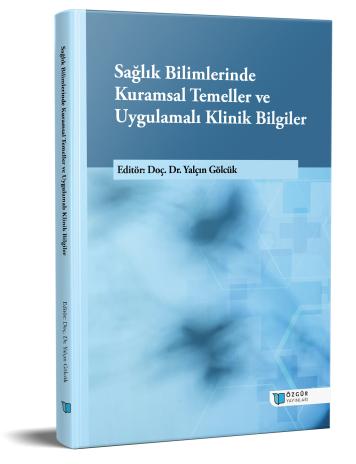
Theoretical Approaches and Clinical Strategies in Difficult Airway Management
Chapter from the book:
Gölcük,
Y.
(ed.)
2025.
Theoretical Foundations and Applied Clinical Knowledge in the Health Sciences.
Synopsis
Difficult airway management constitutes a pivotal domain in anesthesiology and intensive care practice, exerting a direct influence on patient safety. This chapter examines the concept of the difficult airway through its anatomical and pathophysiological foundations, risk determinants, predictive assessment methods, and currently employed scoring systems. The clinical efficacy of contemporary techniques such as videolaryngoscopy, fiberoptic bronchoscopy, and supraglottic airway devices is critically appraised, with particular emphasis on strategies implemented in both adult and pediatric populations. Rescue algorithms, front-of-neck access (FONA) procedures, and clinical decision-making in special patient groups are also addressed. By integrating theoretical frameworks with clinical practice, the chapter aims to provide a comprehensive and authoritative reference of both academic and practical relevance.

